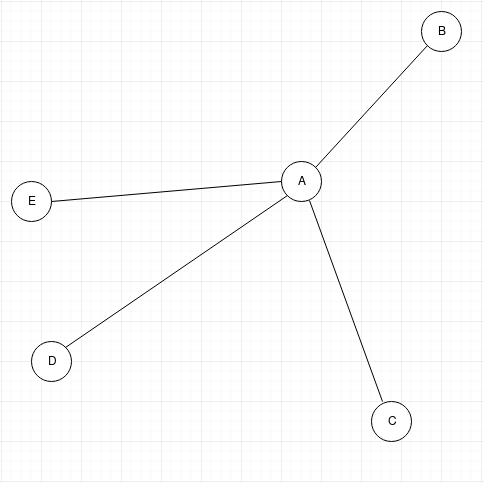Note: I originally posed this question to Mathematicsto Mathematics, but it was recommended that I try here as well.
Edit: Since posting, I've since realised that my solution attempt is incorrect as the resulting traversal is not guaranteed to form aan Eulerian circuit. Feel free to skip this section and the My Solution Attempt Issues section.
In section 3.4 of Abderyim, Halabi, Fujimoto, and Chiba - Accurate and Efficient Drawing Method for Laser Projection the paper describes using Hierholzer’s algorithm for finding an optimal Eulerian circuit with the amendment that during traversal of each vertex you select the unvisited edge along the angle closest to a straight line. One issue that occurs to me with this approach is that it is not clear to me that this always results in the absolute optimal circuit, only one that is probably morenearer to optimal than a naivenaïve construction without this added amendment.

